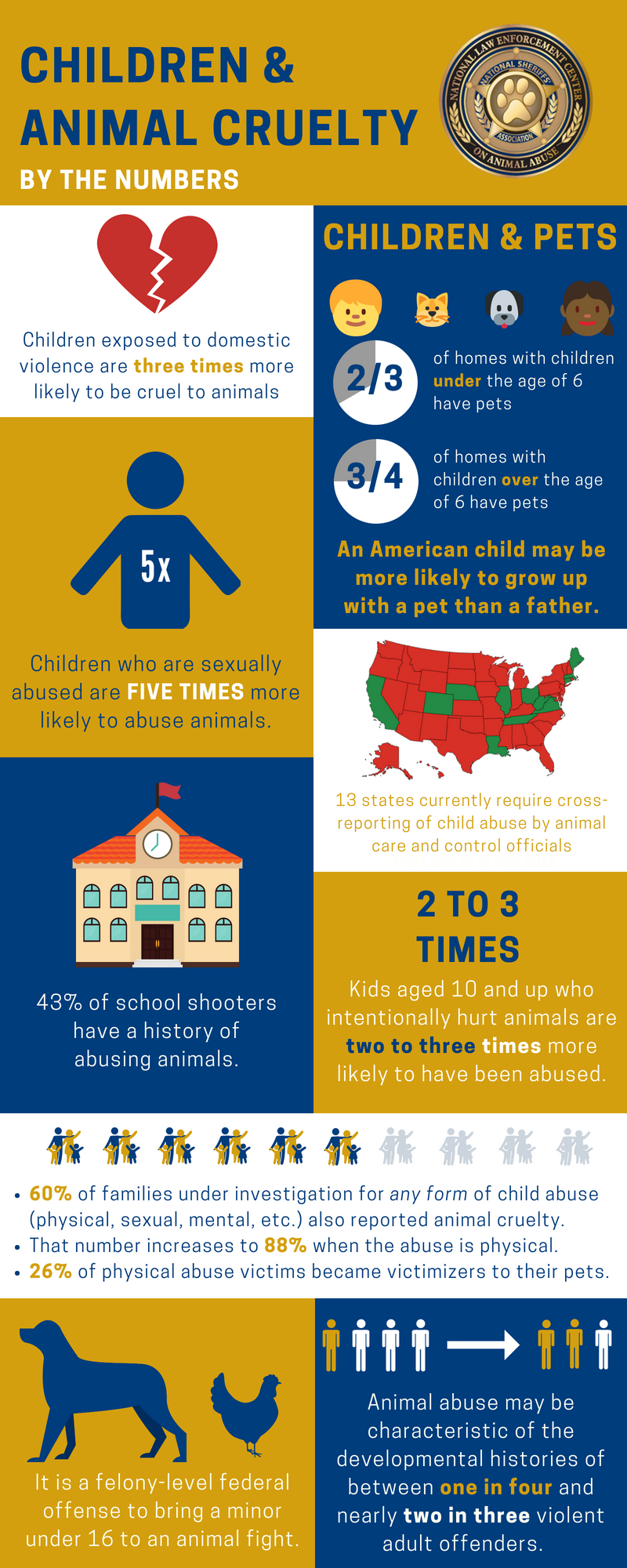Throughout various societies and cultures, a notorious correlation has plagued the psyches of social scientists, psychologists, and criminologists: the connection between childhood animal cruelty and subsequent criminal behavior in adulthood. This phenomenon, often observed yet poorly understood, beckons a deeper examination of the undercurrents that drive individuals to inflict harm on animals during their formative years. Understanding these complexities not only sheds light on the psyche of the abuser but also serves as a crucial element in preventing future manifestations of violence.
Animal cruelty in childhood manifests in numerous forms. From abandoning pets to torturing smaller creatures out of sheer contempt or boredom, the act is often dismissed as mere childish mischief. However, upon closer inspection, these actions may reveal a perplexing yet telling insight into the child’s inner world. What drives an otherwise innocent child towards such malice? Are these isolated incidents, or do they point toward underlying behavioral maladjustments?
Several psychological perspectives contribute to our understanding of why some children exhibit cruelty towards animals. For instance, a significant body of research suggests that a child’s environment plays a pivotal role in shaping behavior. Children who are exposed to violence—be it in the home, community, or through media—may develop a desensitized view toward suffering and empathy. Consequently, if a child grows up in a hostile, abusive environment, it becomes more plausible that they may externalize their frustrations by projecting anger onto animals, who are perceived as weaker and less likely to retaliate.
Moreover, young children often emulate behaviors they observe. Thus, parental influences cannot be overlooked. Studies reveal that children who witness adults engaging in acts of violence, whether against humans or animals, may internalize these behaviors as socially acceptable. This mimicry becomes a learned behavior that extends beyond their formative years, often leading to more severe instances of aggression as they mature. The connection is thus evident: the seeds of cruelty sown in childhood may burgeon into a harvest of criminal behavior in adulthood.
Interestingly, animal cruelty can also serve as a marker for other psychological issues. The diagnostic criteria for certain behavioral disorders, such as conduct disorder or antisocial personality disorder, often include animal cruelty as a symptom. In this light, such behaviors do not exist in a vacuum; they are indicative of broader emotional or psychological disruptions. If a child exhibits persistent patterns of aggressive behavior towards animals, it may be an early indication of mounting interpersonal difficulties that, if left unaddressed, can evolve into social deviance or criminality.
Nevertheless, the narrative is not solely one-dimensional. It is crucial to acknowledge that not all children who commit acts of animal cruelty will inevitably transition into full-blown criminality. Numerous factors contribute to human behavior, and the outcomes of individuals can be remarkably varied. Interventions can notably alter this trajectory. Early intervention programs that foster empathy and compassion towards animals, and by extension, fellow humans, can help redirect potentially harmful pathways.
The fascination some children hold for animals—whether it be playful or predatorial—offers a crystalline window into their psyche. Children do not merely interact with animals; they explore power dynamics, reflecting innate narratives of control and submission. A child’s fascination with the raw and instinctual aspects of animal behavior can evoke a semblance of mastery and authority, granting them a false sense of empowerment. Thus, understanding these interactions helps framework the necessity of guiding children towards more constructive outlets for their curiosity. Rather than viewing animals as objects for amusement or targets for hostility, educating children about empathy, respect, and the rights of living beings can foster a healthier relationship with the animal kingdom.
The broader societal implications of addressing childhood animal cruelty cannot be understated. When communities fail to address the signs of early animal abuse, they inadvertently plant the seeds for future societal disruption. Engaging in preventative measures—such as community outreach programs, educational initiatives, and open dialogue about the impacts of cruelty—can significantly diminish the likelihood of future violent tendencies. Communities that actively cultivate compassion and social responsibility are investing not just in the welfare of animals, but in the holistic improvement of societal health.
Additionally, understanding the link between animal cruelty and criminology can reinforce the need for specific legislation and intervention strategies. Animal cruelty laws are often insufficiently enforced or inadequately designed, allowing a cycle of abuse to perpetuate. Law enforcement systems and social services must coordinate efforts to identify, assess, and intervene in potential cases of childhood animal cruelty effectively. Proactively addressing these behaviors can mitigate future criminal occurrences and nurture healthier, more responsible adults.
In summation, the intricate web connecting childhood animal cruelty to future criminal behavior is multifaceted, extending beyond mere observation into realms filled with emotional hurt, environmental influences, and psychological disorders. By fostering a deeper understanding of this connection, society can implement meaningful interventions that not only halt the cycle of abuse but elevate empathy and compassion in future generations. Thus, the battle against animal cruelty becomes not just an issue for animal advocates but a vital endeavor that benefits humanity as a whole, creating a world that values all sentient beings and their right to exist free from fear and suffering.





